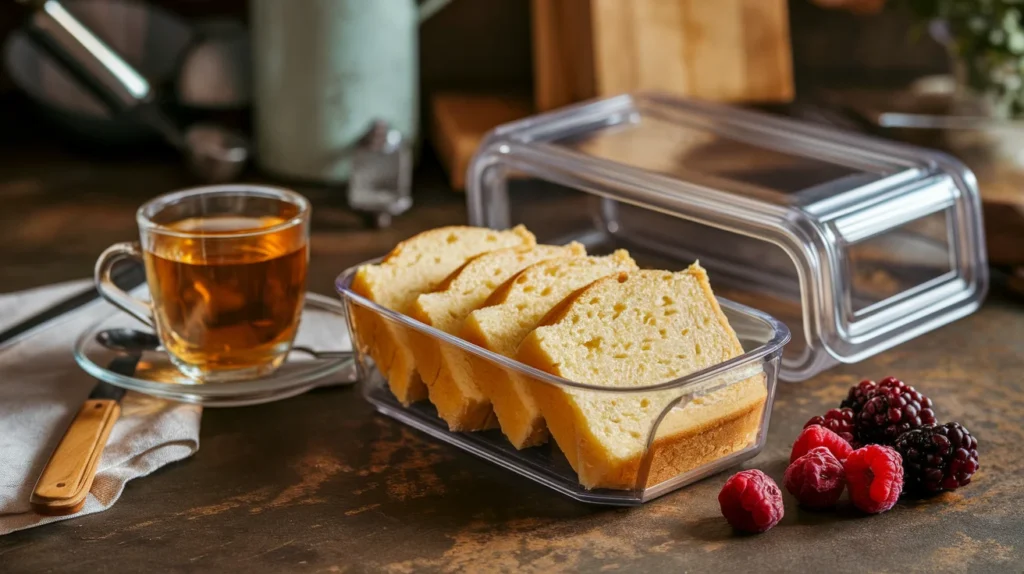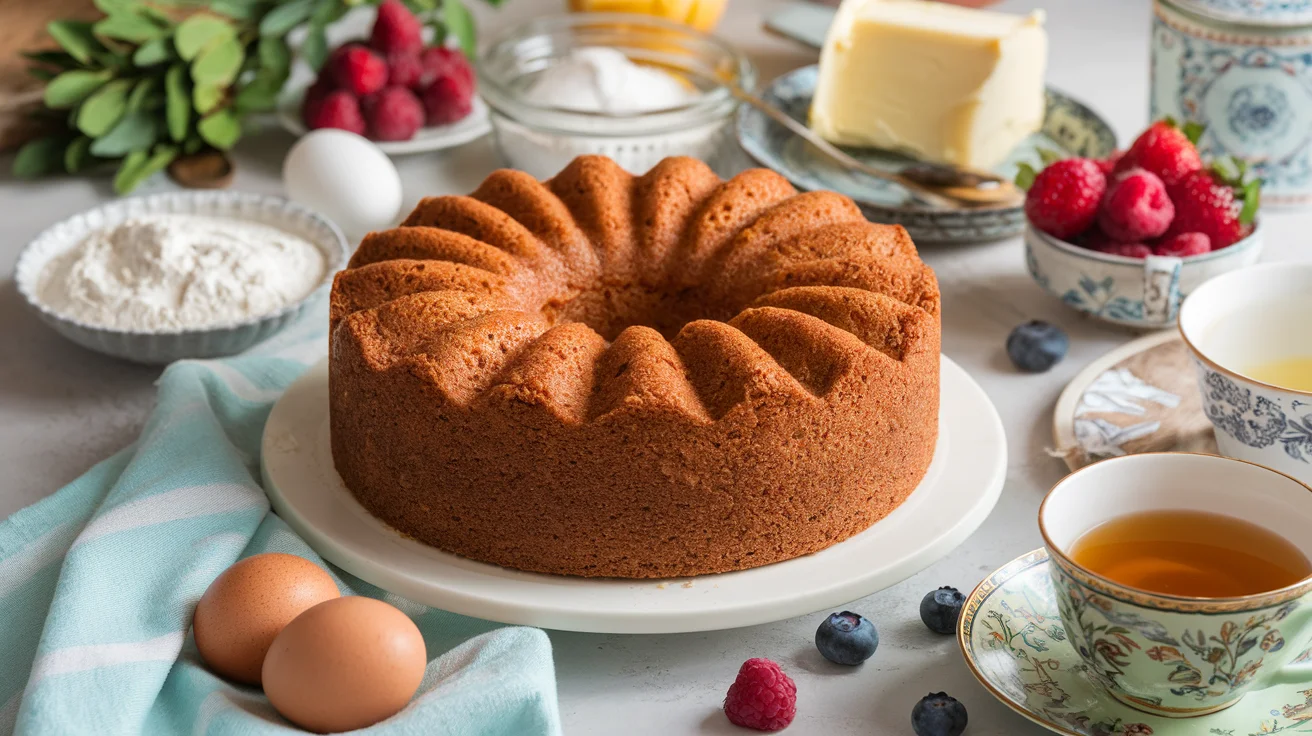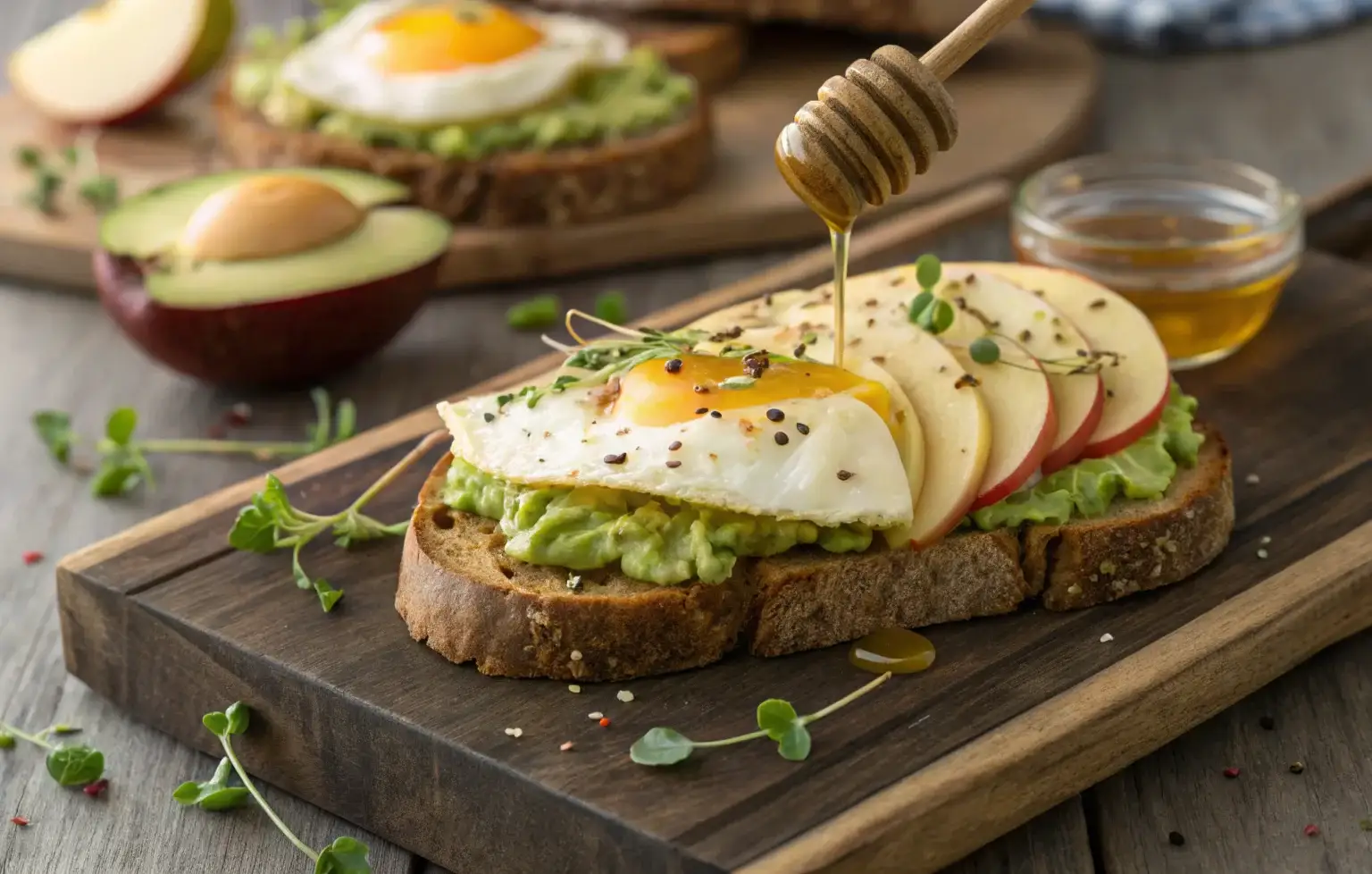Crafting delectable desserts while managing diabetes is entirely possible with the right recipes and substitutions. Pound cakes, known for their rich and buttery texture, are a classic treat that can easily be made diabetic-friendly by using low-carb, sugar-free ingredients. This article covers everything from essential ingredients to variations and storage tips for diabetic pound cakes, ensuring you can enjoy your dessert without compromise. Let’s dive into the world of healthier baking!
Introduction to Diabetic Pound Cakes
What Are Diabetic Pound Cakes?
Diabetic pound cakes are low-carb, sugar-free versions of the traditional dessert, tailored to fit the dietary needs of individuals managing diabetes. Unlike classic recipes loaded with sugar and refined flour, these cakes use healthier alternatives like almond flour, erythritol, and sugar substitutes to reduce the impact on blood sugar levels.
Why Choose Low-Carb Options?
Low-carb desserts are a game-changer for people with diabetes. They help maintain stable blood glucose levels while still allowing you to indulge your sweet tooth. Additionally, low-carb options like diabetic pound cakes can be a delightful treat for those following a keto or gluten-free lifestyle.
Benefits of Diabetic-Friendly Baking
Making diabetic pound cakes at home comes with a host of benefits:
- Control Over Ingredients: You can customize recipes to suit your taste and dietary restrictions.
- Nutritional Value: Using nutrient-rich ingredients like almond flour provides protein and fiber.
- Delicious Without Guilt: With sugar-free sweeteners and wholesome ingredients, you can enjoy a slice without worrying about your blood sugar.
Whether you’re a seasoned baker or a beginner, learning how to make diabetic-friendly pound cakes opens up a world of healthy dessert possibilities.
Essential Ingredients for Diabetic Pound Cakes
Overview of Common Substitutions
When it comes to recipes for diabetic pound cakes, traditional ingredients like sugar and white flour need a healthier swap. Almond flour is a top choice, offering a low-carb, nutrient-rich base that provides both flavor and texture. Instead of sugar, erythritol or stevia are commonly used as sweeteners, delivering sweetness without spiking blood sugar. These substitutions make diabetic pound cakes not only delicious but also perfect for managing carbs.
Role of Psyllium Husk Powder and Xanthan Gum in Baking
You might wonder, what keeps diabetic pound cakes moist and tender? The secret lies in psyllium husk powder and xanthan gum. These ingredients bind the batter together, ensuring your cake holds its shape and avoids crumbling. Psyllium husk adds a touch of fiber, while xanthan gum creates a silky texture often missed in low-carb baking. Together, they transform your cake from dry to delightfully tender!
Tips for Maintaining Flavor Without Sugar
Maintaining flavor is easier than you think. Natural vanilla extract, a splash of almond extract, or a bit of lemon zest can elevate your cake. Using butter or cream cheese enhances the richness, while sugar substitutes like monk fruit sweetener ensure your pound cake remains indulgent yet healthy. These tricks make recipes for diabetic pound cakes taste just as good—if not better—than traditional options.
Top Recipes for Diabetic Pound Cakes
Classic Low-Carb Pound Cake Recipe

A classic diabetic pound cake is all about simplicity and flavor. Start with almond flour, butter, eggs, and a sugar substitute like erythritol. Add a teaspoon of vanilla extract for that timeless aroma. To make the batter, cream the butter and sweetener, mix in the eggs, and fold in the almond flour with a pinch of salt and baking powder. Pop it in the oven, and in no time, you’ll have a golden loaf that’s moist and buttery—a true crowd-pleaser!
Baking Tips: Keep an eye on the oven temperature. If the top browns too quickly, cover the cake with foil to prevent overbaking. Also, ensure the batter is thick but not dry to achieve the perfect crumb.
Chocolate-Flavored Pound Cake
Craving chocolate? Transform your diabetic pound cake by adding unsweetened cocoa powder and a touch of espresso powder for depth. Combine it with almond flour and your preferred sugar substitute, and you’ve got a decadent dessert that satisfies your sweet tooth.
Pro Tip: For an extra treat, fold in sugar-free chocolate chips or drizzle the cooled cake with melted dark chocolate. This variation takes recipes for diabetic pound cakes to an indulgent level while staying within your dietary goals.
Lemon Almond Pound Cake
For a zesty twist, a lemon almond pound cake is a must-try. Use almond flour as your base and mix in fresh lemon juice and zest. Sweeten with stevia or erythritol, and bake until the loaf is fragrant and golden.
Key Adjustment: To keep it moist, add a dollop of Greek yogurt or sour cream to the batter. This ensures the cake stays tender while balancing the tangy lemon flavor.
Whether you prefer classic, chocolate, or citrus, these recipes for diabetic pound cakes offer something for everyone. They’re proof that low-carb doesn’t mean low-flavor!
Storage and Serving Suggestions

Proper Storage for Freshness
Storing your diabetic pound cakes correctly ensures they remain as delicious as when freshly baked. For short-term storage, place your cake in an airtight container and keep it in the fridge for up to five days. If you want to save it for later, slice the loaf and wrap individual portions in plastic wrap before freezing. Frozen slices can last up to three months—simply thaw them at room temperature when you’re ready to enjoy.
Best Ways to Serve Diabetic Pound Cakes
Serving your pound cake creatively can elevate the experience. Try pairing slices with fresh berries, a dollop of sugar-free whipped cream, or a drizzle of low-carb chocolate sauce. These additions not only enhance the flavor but also add a touch of flair to your dessert. Whether it’s a family gathering or a quiet evening treat, diabetic pound cakes are versatile and satisfying.
For more delicious recipe ideas, consider checking out our collection of healthy dessert recipes.
Tips for Experimenting with Flavors
Adding Spices and Extracts for Variety
One of the joys of baking is experimenting with flavors, and recipes for diabetic pound cakes are no exception. Add cinnamon, nutmeg, or cardamom for a warm, spiced loaf. Alternatively, extracts like almond, coconut, or orange can give your pound cake a unique twist. These subtle additions are easy to incorporate and make your cake truly one-of-a-kind.
Creating Seasonal Variations

Celebrate the seasons with custom pound cake recipes! During autumn, blend in pumpkin puree and a hint of cinnamon for a cozy fall treat. In summer, fold fresh blueberries or raspberries into your batter for a burst of fruity flavor. These seasonal twists keep your baking exciting and fresh.
Incorporating Low-Carb Glazes
A glaze can add the perfect finishing touch to your cake. Mix powdered erythritol with a bit of almond milk or lemon juice to create a sugar-free glaze that complements your cake’s flavor. Whether it’s a vanilla glaze for a classic loaf or a zesty lemon glaze for a citrusy delight, this step takes your pound cake to the next level.
With these tips, you can turn any basic pound cake into a masterpiece. Explore your creativity, and don’t be afraid to experiment with new flavors and ingredients!
Frequently Asked Questions About Recipes for Diabetic Pound Cakes
Can Diabetics Eat Pound Cake?
Absolutely! With the right adjustments, pound cake can fit into a diabetic-friendly diet. Using low-carb ingredients like almond flour and sugar substitutes keeps the carbohydrate content low, making it safe and delicious for those managing their blood sugar levels. Recipes for diabetic pound cakes are specially designed to balance indulgence with health.
What Is the Best Sugar Substitute for Pound Cakes?
The choice of sugar substitute depends on your preference. Popular options include erythritol, stevia, and monk fruit sweetener, as they provide sweetness without raising blood sugar. Erythritol is often favored because it closely mimics sugar’s texture and taste. Whichever substitute you choose, these ingredients ensure that recipes for diabetic pound cakes stay flavorful and guilt-free.
How Can I Make My Pound Cake Moist Without Sugar?

The secret to a moist diabetic pound cake lies in its fat content and binding agents. Ingredients like butter, cream cheese, or Greek yogurt add richness and moisture. Meanwhile, xanthan gum and psyllium husk help retain structure without drying out the cake. These tricks make it easy to enjoy a tender and satisfying slice every time.
Conclusion – Recipes for Diabetic Pound Cakes
Recap of Key Points
Creating delicious and healthy desserts is easier than ever with recipes for diabetic pound cakes. By using low-carb ingredients, incorporating creative flavors, and mastering proper storage techniques, you can enjoy a classic treat without compromising your health. These cakes are proof that managing diabetes doesn’t mean giving up on indulgence.
Encouragement to Try Diabetic Pound Cake Recipes
Now that you’re armed with the knowledge and inspiration to bake your own diabetic pound cake, it’s time to get started! Experiment with different flavors, try seasonal variations, and enjoy every slice. With these recipes for diabetic pound cakes, you can savor the sweeter things in life—guilt-free.
Common Mistakes to Avoid When Baking Diabetic Pound Cakes
Overusing Sweeteners
When trying recipes for diabetic pound cakes, it can be tempting to use more sweetener than necessary. However, too much erythritol, stevia, or monk fruit can lead to an unpleasant aftertaste. Always measure your sweetener carefully and stick to the recipe’s recommended amount. For balance, you can combine different sugar substitutes for a smoother flavor.
Skipping Binding Agents
Binding agents like xanthan gum and psyllium husk are essential for maintaining the texture of diabetic pound cakes. Without them, your cake may turn out crumbly or dry. These ingredients mimic the elasticity that gluten provides, ensuring your cake holds together beautifully while remaining moist.
Ignoring Oven Temperature and Timing
Baking at the wrong temperature or for too long can ruin your cake’s texture. It’s important to preheat your oven and monitor the baking process. If the top of your cake browns too quickly, cover it with foil to avoid burning while the center finishes baking. Precision is key for getting the perfect loaf every time.
Delicious and Healthy Alternative
Recipes for diabetic pound cakes prove that healthy eating doesn’t mean sacrificing flavor. These cakes are rich, moist, and satisfyingly sweet—all while being low-carb and sugar-free. Whether you’re managing diabetes or simply looking for a healthier dessert, these recipes are a fantastic choice.
Suitable for Any Occasion
Diabetic pound cakes aren’t just for everyday treats; they’re perfect for special occasions too. Bring a loaf to a family gathering, share slices with friends, or enjoy a quiet evening with a comforting dessert. With endless flavor possibilities, they can be tailored to suit any event or personal preference.
A Gateway to Creative Baking
Baking diabetic pound cakes introduces you to a world of creative possibilities. From experimenting with spices to incorporating seasonal fruits, these recipes allow you to explore new flavors and techniques. You’ll find that healthy baking can be as rewarding as it is delicious.







